domingo, 27 de marzo de 2011
Stephen y Timothy Quay (1947): La seducción de Enkidu, de El poema de Gilgamesh (1985)
Brothers Quay -1985- The Epic of Gilgamesh por petitlolotechre
Sobre los míticos hermanos gemelos Quay y su contribución al arte de la animación véase la entrada de Wikipedia, y la página web siguiente
Sobre esta extraña, casi incomprensible lectura de uno de las tablillas de la Épica de Gilgamesh -que cuenta cómo una prostituta humaniza a Enkidu, quien sería, desde entonces, el "escudero", el alma gemela de Gilgamesh, el espejo en el que éste se miraría-, se ha escrito::
"This was originally conceived as a pilot for a series, which never materialized due to lack of funding. Alternative title: Little Songs of the Chief Officer of Hunar Louse (Being a Largely Disguised Reduction of the Epic of Gilgamesh), Tableau II, "in which Gilgamesh sends a prostitute to seduce the wild man of the forest, Enkidu". The Gilgamesh figure is a sort of grotesque fascist hydrocephalic child despot on a tricycle, ruthless patrolling his sandbox kingdom. Enkidu, made from a bird skull adorned with an exotic headdress of feathers and shells, brings to mind Max Ernst's renowned collage series Une Semaine de Bonté. The wicked child sets a devilish trap for the creature - a gobbet of raw flesh to lure him, and then a mechanical trapdoor in the shape of a vulva...it is strong stuff, a waking nightmare of paranoia and sexual violence. The camerawork is frenetic, yet the effect is precisely that convergence of the dreamlike and the mythic, the bizarre and the inevitable that all their work aspires to." -J.D. McClatchy.
La cita procede de la página web siguiente
Otra descripción o interpretación en esta otra página de Wikipedia.
Suscribirse a:
Enviar comentarios (Atom)








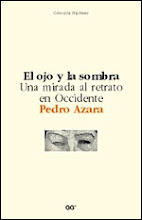



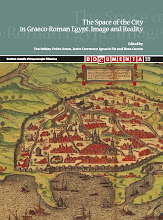
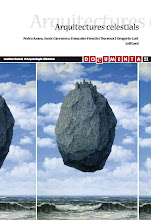

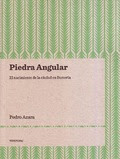








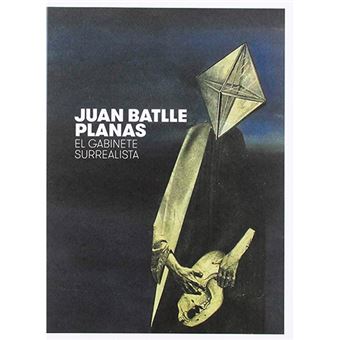


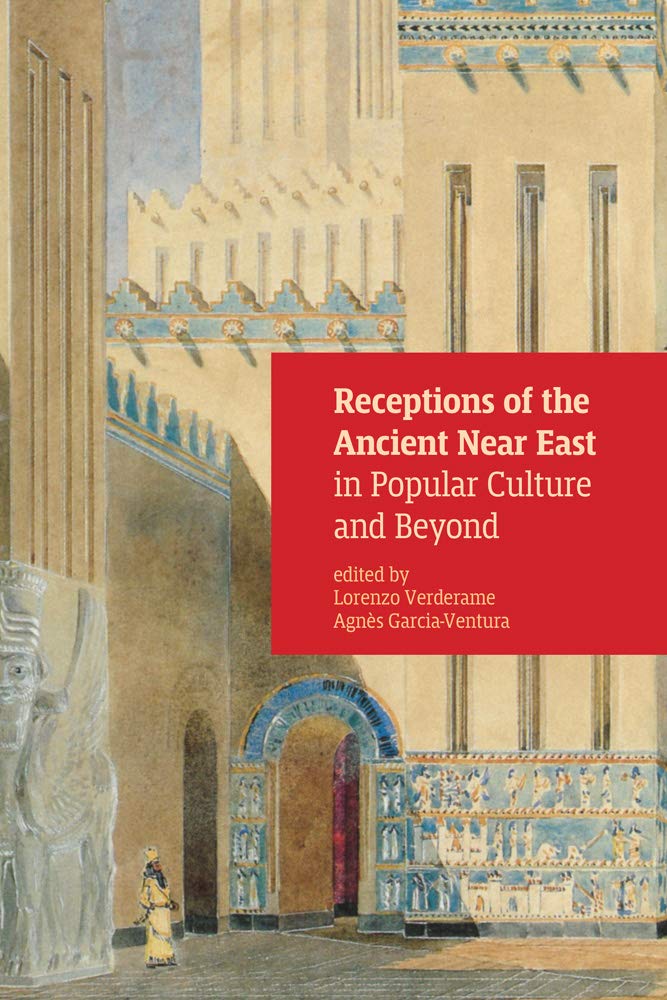

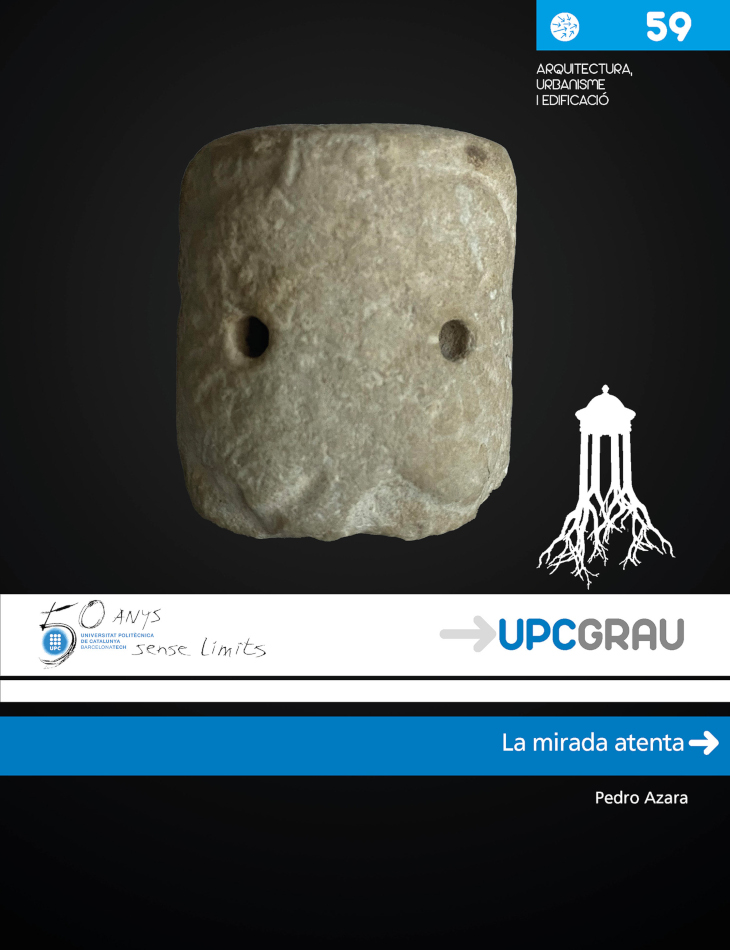




No hay comentarios:
Publicar un comentario